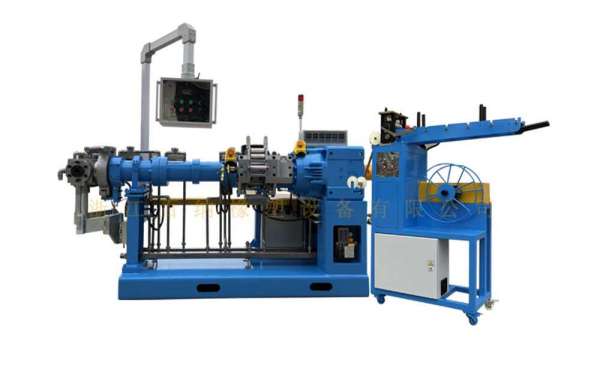The microwave curing oven has used the same heating technology – a magnetron – for decades now. The availability of solid-state alternatives is about to change the microwave forever, creating better ways to cook food at home and in commercial settings.
The magnetron is a vacuum-tube device developed to power World War II radar systems. It generates short-wavelength (microwave) radio waves, which are fed into the cavity of an oven and couple to the food to heat it. This approach works but has its drawbacks, as we all know.
The first issue with magnetron-based cooking is that it doesn’t work that well. Today’s microwave ovens don’t heat evenly, so food can be overcooked in some places and raw in others. They also deliver less power when they’re warm, unlike a conventional oven, so the longer you use a microwave oven in a continuous session, the longer it takes to cook the same dish.
The second issue with magnetrons is that they get weaker with age, and have a relatively short lifespan of around 500 hours in a domestic oven or a year in commercial environments. This means that the longer you have a microwave, the longer it takes to cook a dish. We’re used to this at home – some domestic microwave ovens even have a special ‘another 10 seconds’ button to compensate – but in a commercial environment this shortcoming is a lot less acceptable.
The third issue is reliability. Whereas a magnetron-based oven will age fairly rapidly and fail fairly unpredictably, one based on solid-state components should last much longer. The solid-state RF components used in the new generation of microwave ovens have been proven in commercially critical, high-reliability applications such as cellular base-station power amplifiers. These devices are often specified for up to 15 years of uninterrupted use, at a constant power output.
This is good news for consumers, who have become conditioned to regarding a microwave oven as a consumable item but will now be able to rely on it for much longer. It is also good news for manufacturers, whose brands will be strengthened by selling more reliable products, especially in the catering and industrial markets.
So what are the other advantages of solid-state RF components, such as the high-power transistors needed for microwave generation? The answer is that they should deliver greater efficiency, in terms of energy input compared to RF output, than a magnetron. They should also offer greater power density, and improved voltage capability, at prices that are competitive enough for consumer appliances like microwave ovens. Solid-state electronics can also do things that magnetrons can’t, resulting in appliances that cook more efficiently, evenly, consistently, and predictably than those based on magnetrons.
If you are interested in rubber curing oven, welcome to visit our webisite.







